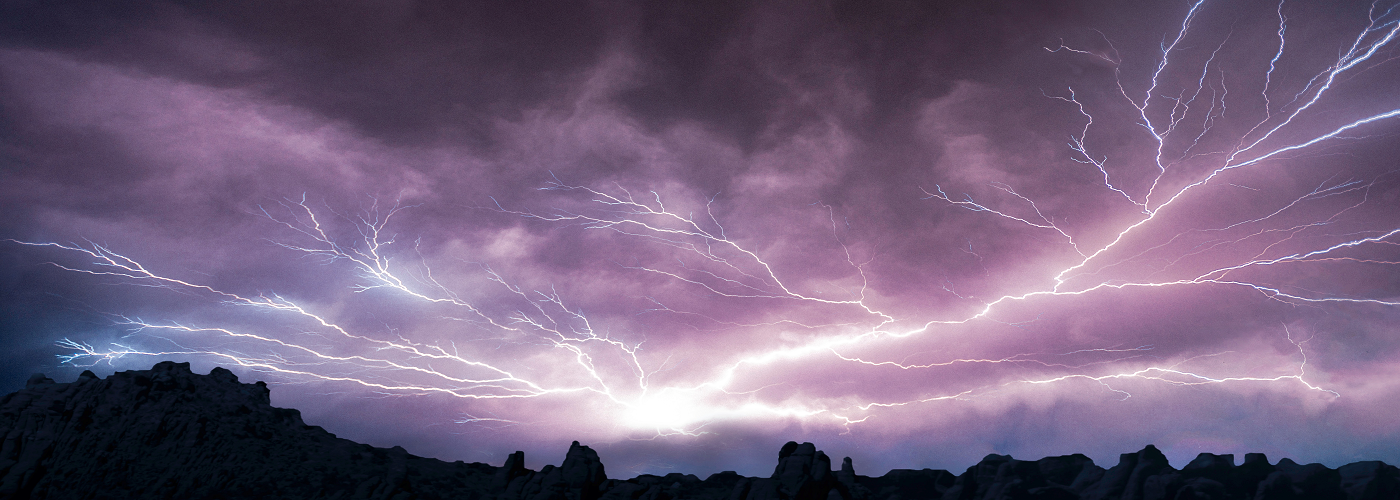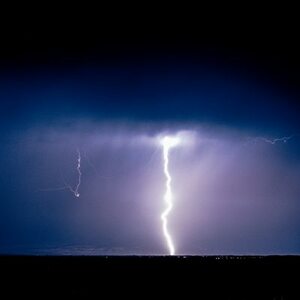

It's an atmospheric electrical phenomenon that discharges 1,000 times more energy than the typical lightning bolt. This supercharged version of lightning, called “superbolts,” are relatively poorly understood by scientists, at present. However, for the first time a University of Washington study has at least pinpointed superbolt hotspots and the time of the year when this rare type of bolt strikes most often.
The average lightning bolt discharges an amount of energy in the thousands of joules in the very low frequency (VLF) range, where lightning is most active, and where land-based monitoring equipment detects these discharges. Very rarely, though, a bolt will discharge more than one million joules in the VLF range. By the count of this latest study, only one out of every 250,000 lightning strikes, or just four ten-thousandths of a percent, qualifies as a superbolt.
Unlike their more conventional counterparts, superbolts also differ in the time of year and locations they tend to strike most often. Regular lightning tends to peak in the summertime when the most instability for thunderstorm formation exists. The hotspots for these typical discharges or “lightning chimneys” tend to be in the Americas, sub-Saharan Africa, as well as southeast Asia. Superbolts, on the other hand, are more common in the colder months from November to February. Moreover, while 90% of all lightning strokes occur over land, superbolts are more apt to strike over water, with superbolt hotspots found in the Mediterranean Sea, off the west coast of Europe in the northeast Atlantic, with another hotspot over land, in the Andes Mountains.
Finally, some years were found to have more superbolts than others. 2013 was found to have been the most active for superbolts, since the start of the study in 2010. Lead author of the study, Dr. Robert Holzworth speculated this could be due to an increase in sunspot activity or heightened cosmic rays. However, the main cause for the occurrence and distribution of superbolts still remains a mystery awaiting further scientific study.

